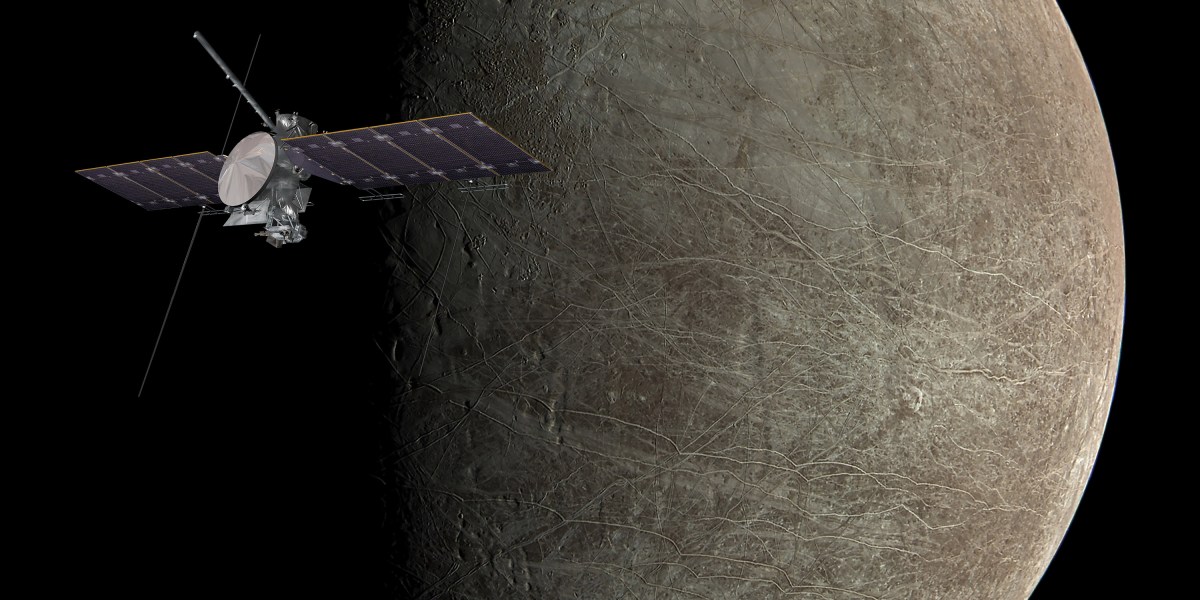A Longstanding Fascination with Europa
For over 400 years, Europa, one of Jupiter’s moons, has captivated astronomers, initially appearing as just a faint light in the vastness of space. However, recent studies utilizing advanced telescopes and six spacecraft flybys have revealed that this intriguing moon is far more complex than our own. Current observations highlight that Europa possesses distinct characteristics that set it apart from Earth’s moon.
Beneath its icy surface, researchers believe Europa harbors a mixture of metal and rock, encasing a vast ocean of salty water that exceeds Earth’s water reserves. This expansive sea is shielded by a smooth yet fragmented icy crust that occasionally breaks, allowing plumes of water vapor to escape into the thin atmosphere above.
The Promise of Life in Europa’s Depths
These fascinating features have sparked the interest of planetary scientists who are eager to explore the potential for life beyond Earth. With ample water, energy sources, and the necessary elements for organic molecules, Europa’s ocean may harbor life forms or support ecosystems in subsurface lakes or hydrothermal vents beneath the ice.
The upcoming launch of NASA’s Europa Clipper mission, led by planetary scientist Bob Pappalardo at the Jet Propulsion Laboratory, marks a pivotal moment in the exploration of this remarkable moon. This ambitious $5 billion project, scheduled to reach Jupiter in 2030, aims to conduct in-depth investigations of Europa’s environment to determine its capacity to support life. Additionally, the European Space Agency’s Juice mission, launched last year, will contribute to studying not only Europa but also other fascinating Jovian moons.
Unlocking the Secrets of Habitability
While confirming extraterrestrial life may still be out of reach, these missions focus on assessing Europa’s environment for its habitability. By examining key indicators through chemical, physical, and geological studies, scientists hope to inch closer to unveiling the mysteries of this alluring moon.
If signs of life are discovered on Europa, it could dramatically reshape our understanding of life’s existence beyond Earth. This breakthrough would not only challenge the perception of Earth as the sole cradle of life but also open up new possibilities for microbial life elsewhere in the universe.
Europa’s potential as a habitat for life has fueled ongoing scientific interest, leading to the imminent Europa Clipper mission. The insights gained from this endeavor could not only transform our comprehension of Europa but also ignite further explorations aimed at revealing the secrets of potential extraterrestrial organisms.
